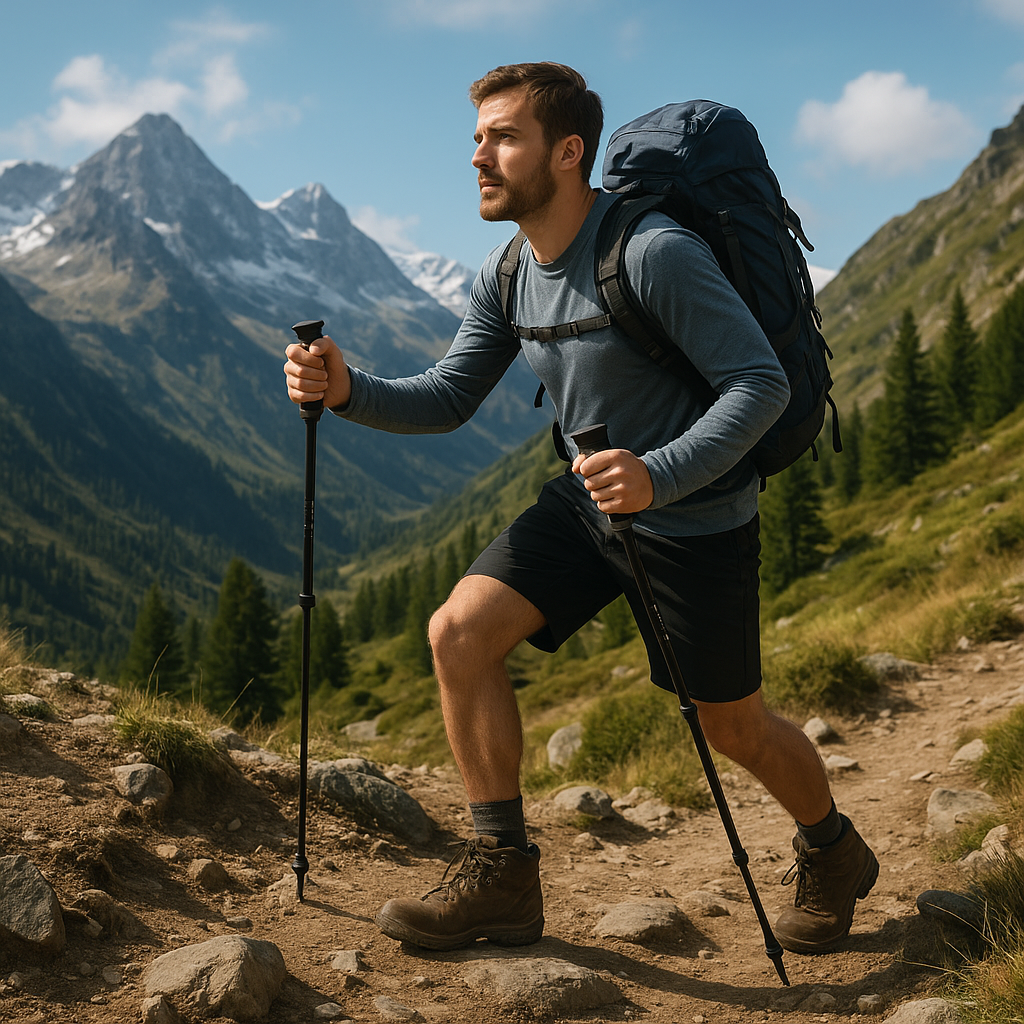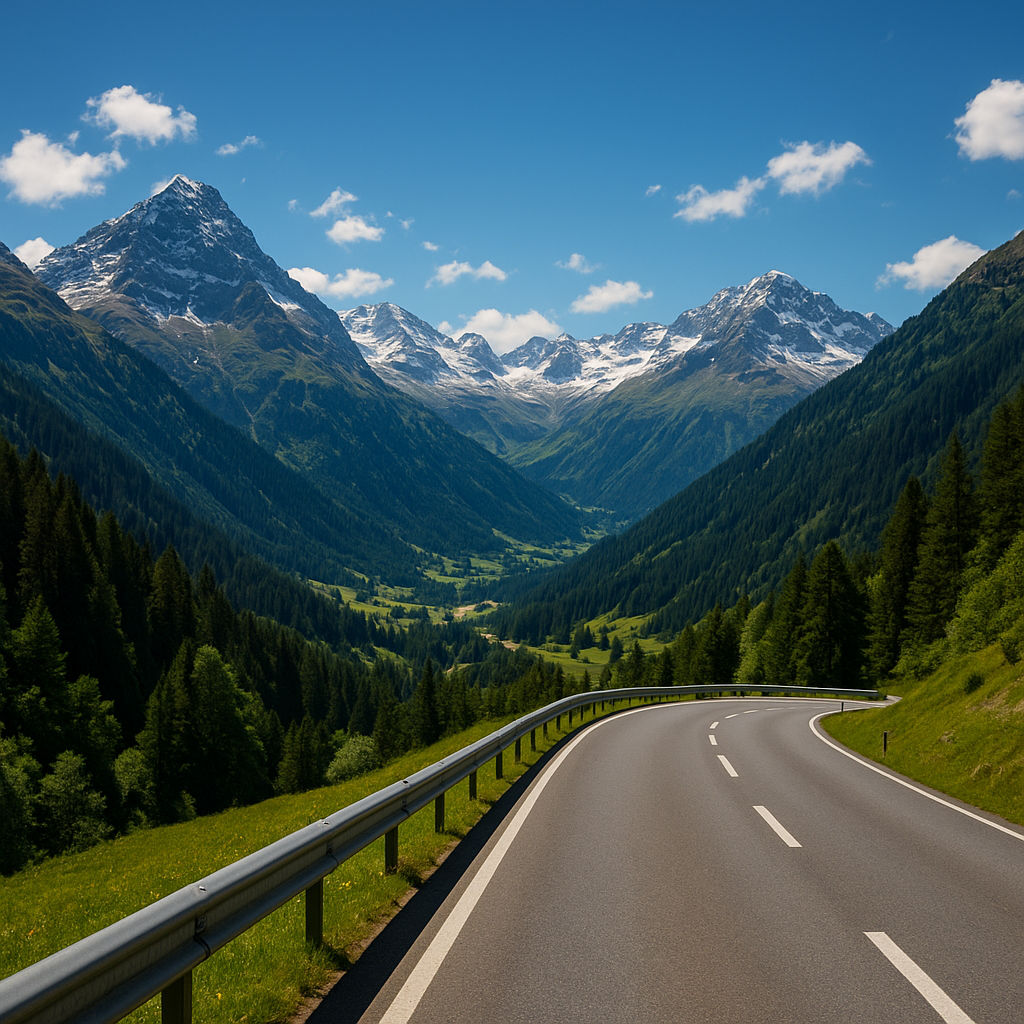
Embarking on an Alpine trek is a journey that blends physical challenge with breathtaking landscapes. Proper preparation ensures you can enjoy snow-capped peaks, lush valleys, and rugged trails safely and confidently. This guide outlines essential steps—from planning and training to selecting the right equipment—to help you conquer the Alps with peak performance and minimal risk.
Planning Your Alpine Trek
Before lacing up your boots, invest time in thorough route research. Alpine terrain varies from gentle meadows to steep passes; understanding the difficulty and logistics is critical. Choose a trail that matches your current fitness level and offers achievable daily distances. Look for official guidebooks, topographical maps, and reputable online forums to gather up-to-date information on conditions and accommodations.
- Assess weather patterns: Alpine climates can change rapidly. Study forecasts and seasonal trends to avoid storms and avalanche risk.
- Check permits and regulations: Some regions require reservations or permits for huts and campsites.
- Establish emergency contacts: Share your itinerary with family or local mountain services and note rescue numbers for the area.
- Plan for altitude: Incorporate rest days to help with acclimatization and reduce the risk of altitude sickness.
Building Physical Fitness
Successful treks demand well-rounded conditioning. Focus on cardiovascular endurance, muscular strength, and flexibility to handle uneven slopes and variable elevations. Aim for a training cycle of 8–12 weeks prior to departure, progressively increasing intensity.
Cardio Training
Boost your aerobic base with activities that mimic trekking efforts. Engage in:
- Hiking or uphill walking with a loaded backpack to simulate trail weight.
- Stair climbing or treadmill incline sessions to build leg stamina.
- Running, cycling, or swimming to improve overall heart and lung capacity.
Strength and Conditioning
Strong muscles protect joints and improve balance on rocky terrain. Include:
- Squats and lunges for quads, hamstrings, and glutes.
- Core exercises (planks, Russian twists) to stabilize the torso during uneven steps.
- Calf raises and single-leg deadlifts to enhance ankle stability.
Flexibility and Balance
Maintaining a full range of motion prevents strains on steep inclines. Incorporate:
- Yoga or dynamic stretching routines for hip and lower-back mobility.
- Balance drills (standing on one foot, BOSU ball work) to navigate unstable surfaces.
Gear Selection and Technical Skills
The right equipment and mastery of basic technique dramatically increase comfort and safety. Invest in gear tailored to Alpine conditions and practice using it before you depart.
Footwear and Clothing
- Hiking boots: Opt for waterproof, high-ankle designs with firm soles for traction on rocky and wet ground.
- Layering system: Base layers for moisture wicking, insulating mid-layers, and a waterproof outer shell to combat wind and snow.
- Socks and gaiters: Use merino wool socks and gaiters to keep debris and moisture out.
Essential Gear
- Backpack: A 30–45L pack suits multi-day treks; ensure it has a comfortable hip belt and load lifters.
- Trekking poles: Reduce stress on knees during descents and enhance stability on boulder fields.
- Navigation tools: Carry a compass, map, and a GPS device or smartphone app with offline maps.
- Headlamp, first aid kit, and emergency bivvy or thermal blanket for unforeseen delays.
Technical Skills
Basic mountain skills equip you to handle sudden challenges:
- Map reading and compass use: Practice orienting yourself in low visibility.
- Snow and ice travel: In winter or high altitudes, learn proper crampon and ice-axe techniques.
- Crevasse rescue basics if crossing glaciated terrain.
Nutrition, Hydration, and Recovery
Fueling your body properly sustains energy for long trekking days and aids recovery overnight. Plan meals that balance carbohydrates, proteins, and fats, and pay close attention to fluid intake.
- Nutrition: Consume complex carbs (oats, whole grains), lean proteins (jerky, freeze-dried legumes), and healthy fats (nuts, cheese) to maintain steady energy.
- Hydration: Carry a water filter or purification tablets. Aim for at least 3–4 liters per day, increasing intake during hot weather or strenuous ascents.
- Snacks: Pack energy bars, trail mix, and dried fruit for quick calorie boosts on the move.
- Recovery: Stretch after each day, and if possible, book huts with hot showers or use portable foot baths to soothe tired muscles.
Altitude and Safety Considerations
As you climb, air pressure decreases, reducing oxygen availability. Understanding altitude effects and following safety protocols can prevent serious issues.
- Ascend gradually: Limit elevation gain to 300–500 meters per day above 3,000 meters.
- Monitor symptoms: Look out for headache, nausea, and dizziness. Descend immediately if signs of acute mountain sickness worsen.
- Emergency plans: Identify mountain rescue contacts and plan evacuation routes.
- Weather vigilance: Thunderstorms and sudden temperature drops are common. Carry extra layers and know how to find or create emergency shelter.
Final Thoughts on Peak Performance
Training for an Alpine trek is a multi-faceted endeavor that combines physical conditioning, route planning, gear mastery, and nutritional strategy. By focusing on consistent progression—gradually increasing distance, elevation, and load—you build the endurance needed to enjoy every moment on alpine ridges and high mountain passes. Respect the mountains, stay aware of your limits, and embrace the rewarding challenge that awaits above the tree line.

